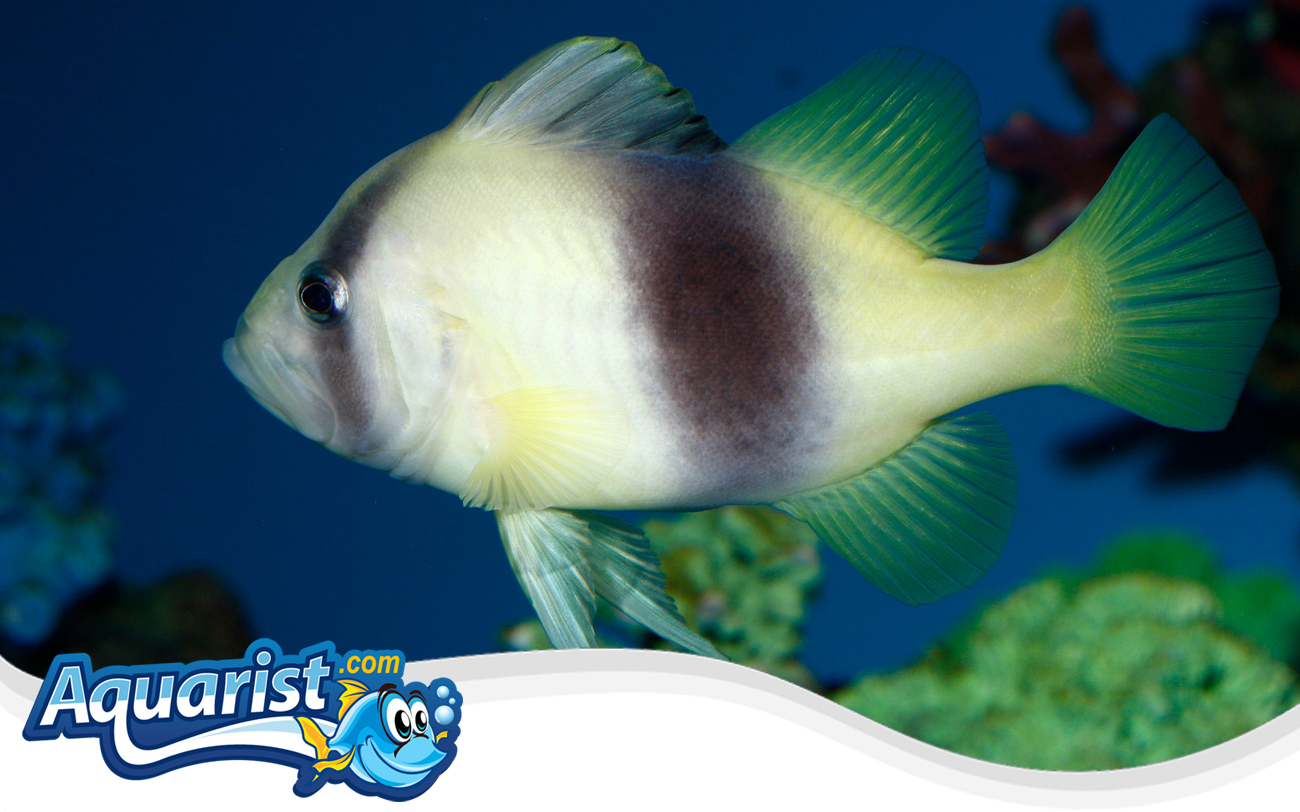Overview
- Native to the Indo-Pacific, commonly found in coral reefs, rocky crevices, and reef slopes.
- Characterized by its distinct yellow body marked by two bold, vertical black bars, providing excellent camouflage within coral environments.
- Known for its unique soap-like mucus secretion, which serves as a defense mechanism against predators.
- A nocturnal and relatively shy species that prefers hiding during daylight and becomes active at dusk and nighttime.
- Best suited for aquariums with ample rockwork, caves, and subdued lighting to mimic its natural habitat.
Feeding
- Carnivorous, primarily feeding on small fish, crustaceans, and other marine invertebrates in its natural environment.
- Thrives on a diet of frozen marine foods such as krill, mysis shrimp, brine shrimp, and small feeder fish.
- Initially may require live food to encourage feeding behavior before transitioning to frozen alternatives.
- Feeding should occur several times per week, with portion sizes adjusted to prevent overfeeding and maintain water quality.
- A varied and high-protein diet supports health, encourages natural predatory behavior, and enhances coloration.
Habitat
- Commonly found hiding among coral formations, reef ledges, and rocky caves in tropical marine environments.
- Frequently seeks out sheltered, shaded locations during daylight hours to avoid predators.
- Aquarium setups should feature abundant live rock formations and caves to provide secure hiding spots and replicate natural conditions.
- Stable water parameters, moderate water movement, and high-quality filtration systems are essential for maintaining optimal habitat conditions.
- Providing dim lighting or moonlights promotes natural nocturnal behavior and reduces stress.
Fish Care
- Optimal water temperature: 74-80°F (23-27°C) to ensure proper metabolic function and immunity.
- Preferred pH range: 8.1-8.4, maintaining salinity at a stable level of 1.020-1.025.
- Regular water changes, meticulous monitoring of water quality, and efficient filtration are critical due to the species' mucus secretion.
- Not entirely reef-safe, as it may prey on smaller fish and ornamental invertebrates.
- Ensuring adequate hiding places and appropriate feeding practices helps minimize stress and aggressive behavior.
Compatibility
- Generally peaceful with similarly sized or larger fish, though it can pose a risk to smaller, slower-moving species.
- Compatible with larger angelfish, groupers, larger wrasses, and other semi-aggressive marine species.
- Should not be housed with delicate or small fish that can be easily intimidated or consumed.
- Thrives best in species-specific or semi-aggressive community aquariums that accommodate its nocturnal and secretive nature.
- Providing ample space and structured environments prevents territorial conflicts and enhances compatibility.
Aquarium Behavior
- Primarily nocturnal, remaining hidden during daylight and becoming active at night or under low lighting conditions.
- Frequently observed lurking within caves or rock crevices, emerging cautiously during feeding times.
- Displays unique hunting behaviors, using its mucus secretion defensively when threatened or stressed.
- Providing abundant hiding areas and shaded spots encourages natural behavior and enhances comfort levels.
- Over time, may gradually acclimate to human presence and show increased activity during feeding sessions.


